Village people: Stephen Shore reveals unseen photographs of Luzzara
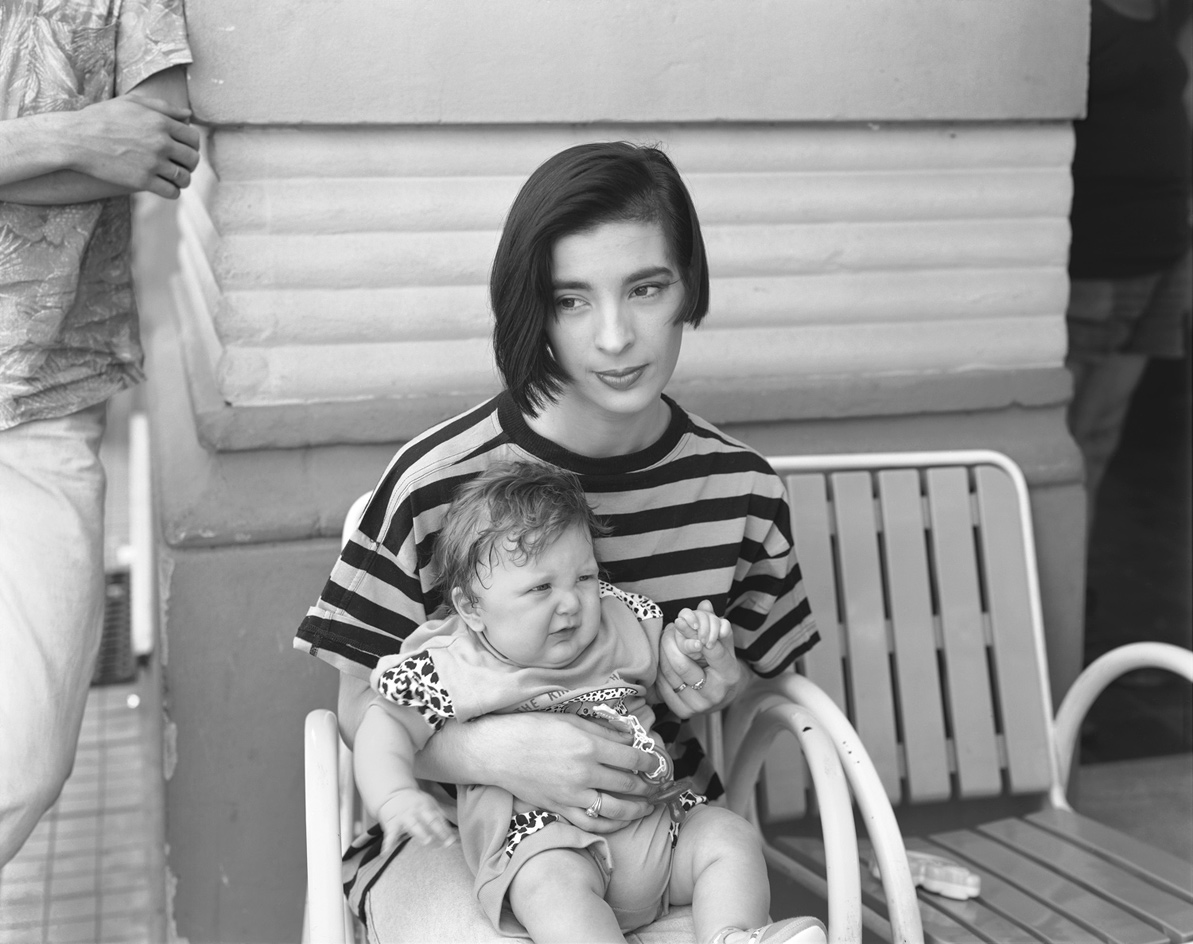
A modest Italian village in the province of Reggio Emilia, Luzzara would likely still exist in relative obscurity if it were not for American photographer Paul Strand. Published in 1955, it was his photo-book, Un Paese: Portrait of an Italian Village, which first brought the rural commune to the fore.
Forty years later, Luzzara and its residents played muse once again as another American photography master, Stephen Shore, turned his lens on the townspeople, streets and squares. Now, a new limited-edition tome published by Stanley/Barker revisits the 1993 series, simply named after the town, including a number of never-before-seen photographs.
‘There was no way I could approach Luzzara as though I was not familiar with Strand's work,’ explains Shore. ‘At the same time, even though I was going to Luzzara exactly forty years after Strand, I was not interested in producing a re-photographic survey.’
Although the town remained virtually unchanged over four decades, Shore’s images of Luzzara still feel distinctly nineties – see the boldly printed shirts that seem to shriek colour even in black and white. ‘A key feature of Italian life, at least to my New World eyes, is the presence of the traditional within the modern,’ says Shore. ‘My aim, then, was to produce a companion volume to Un Paese; to produce a group of pictures, which to the limit of the subjectivity of my vision, supplement Strand's work.’
One could almost weave a multi-generational tale between his and Strand’s works. Says Shore: ‘In a certain way, Strand's work does not need simple updating, because the kinds of people and farms and landscapes he photographed still exist in very much the same form today. But, they exist side by side with the modern world.’

Luzzara was first made famous by another American photography master, Paul Strand, forty years earlier. Although Shore was admittedly familiar with his work, he explains, ’I was not interested in producing a re-photographic survey’
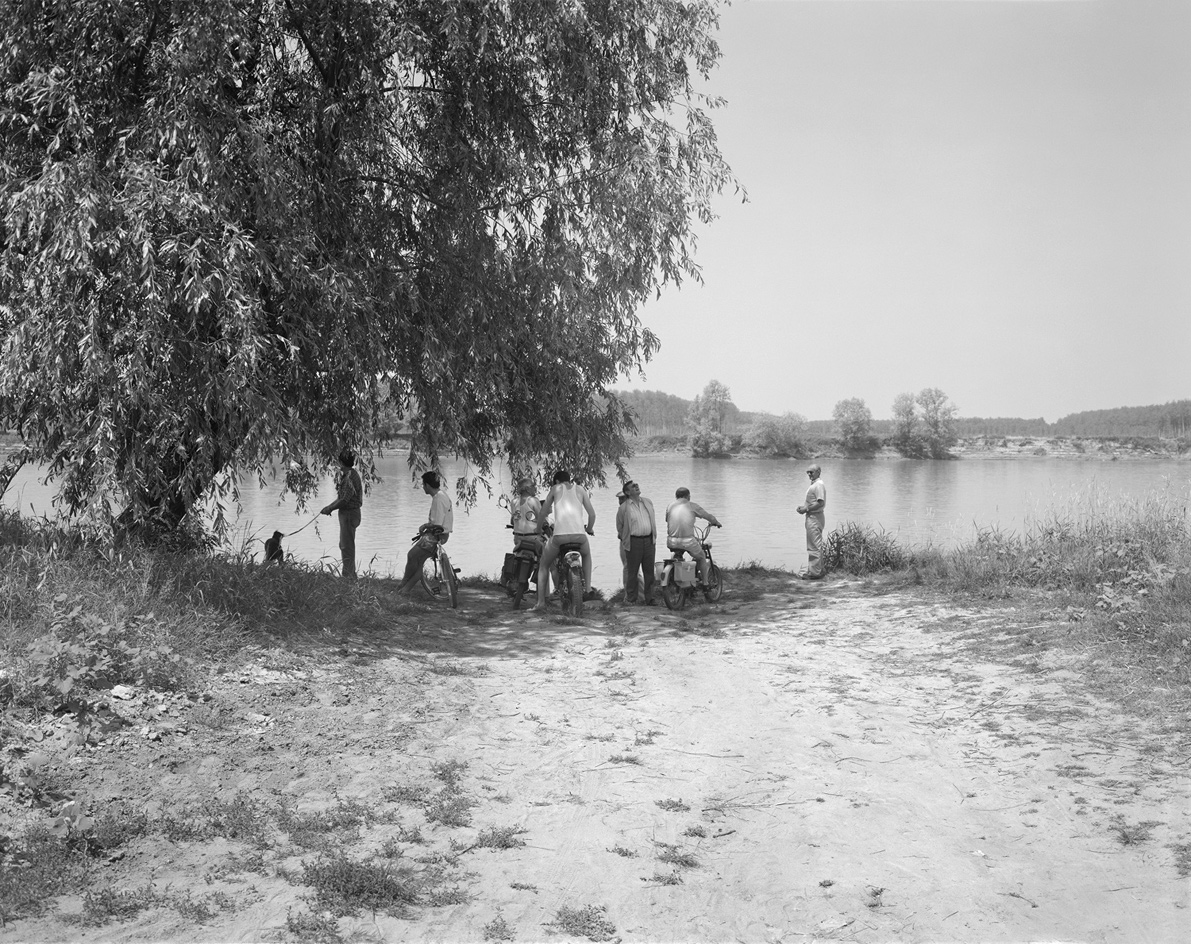
Luzzara residents gather by the Po, the longest river in Italy
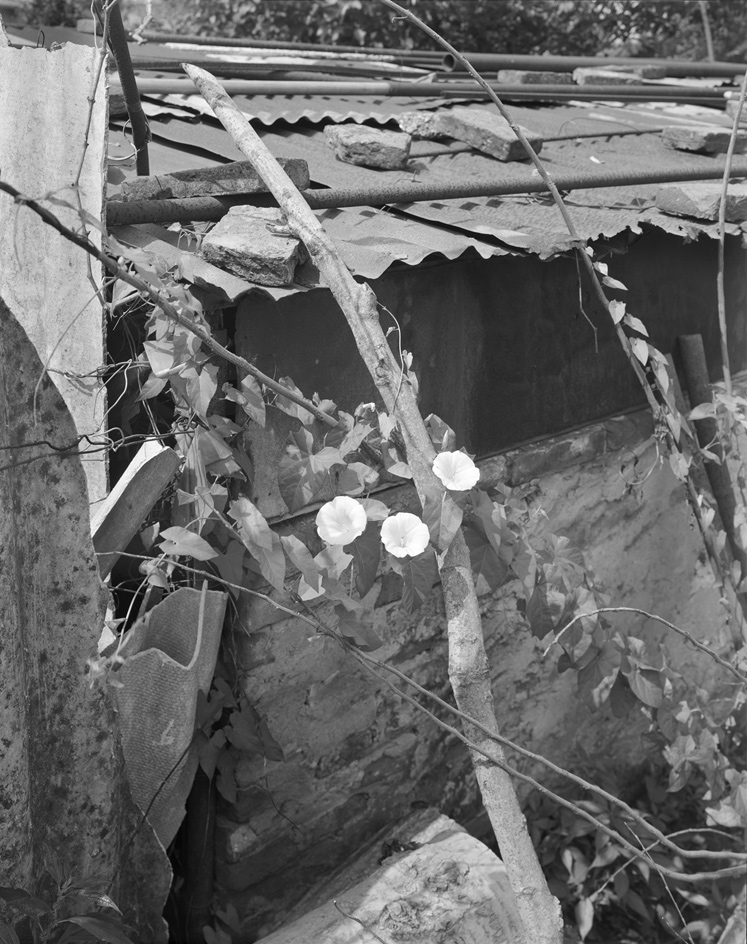
Moonflowers bloom in the remains of a dilapidated building
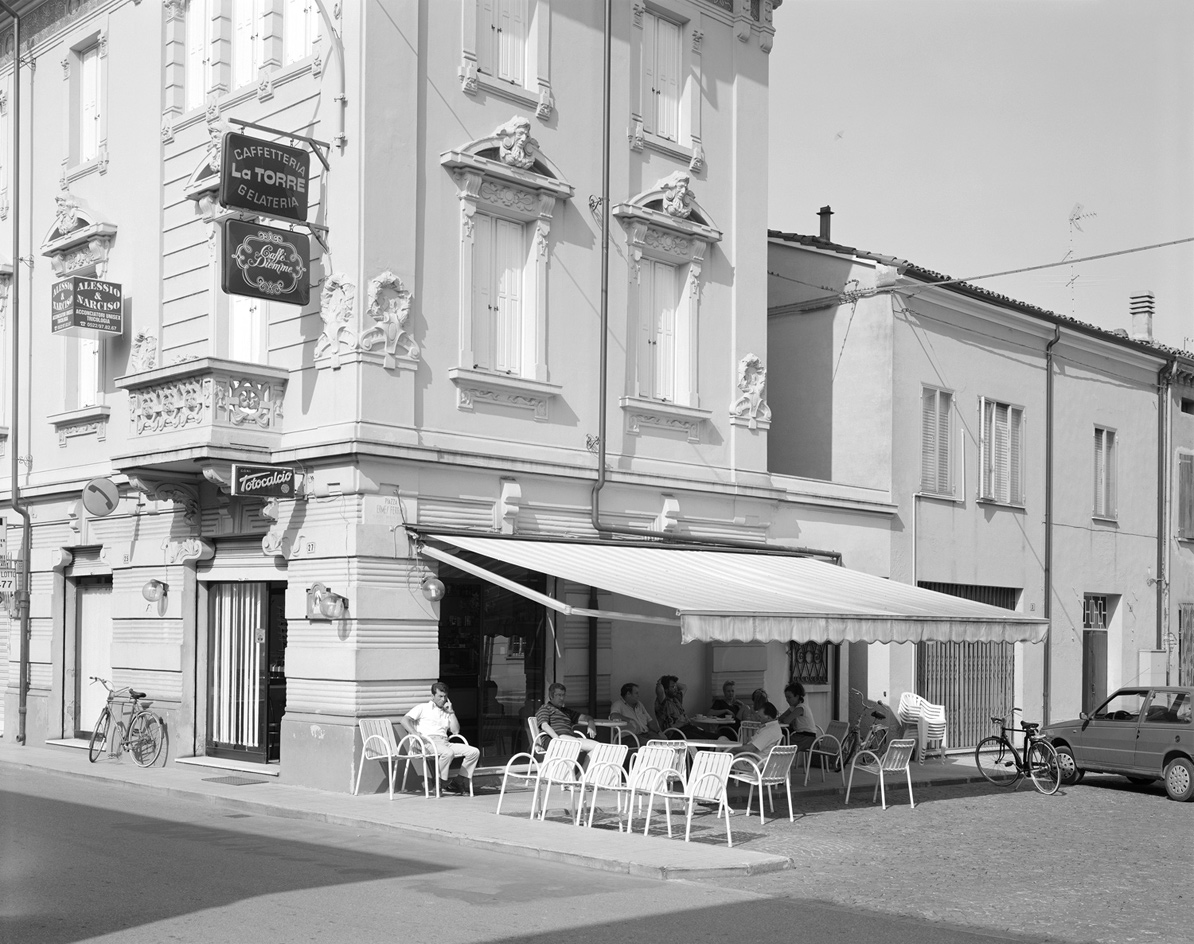
The buildings surrounding the town’s main square, pictured, remained virtually unchanged between Strand and Shore’s projects despite a four decade gap

‘A key feature of Italian life, at least to my New World eyes, is the presence of the traditional within the modern,’ says Shore
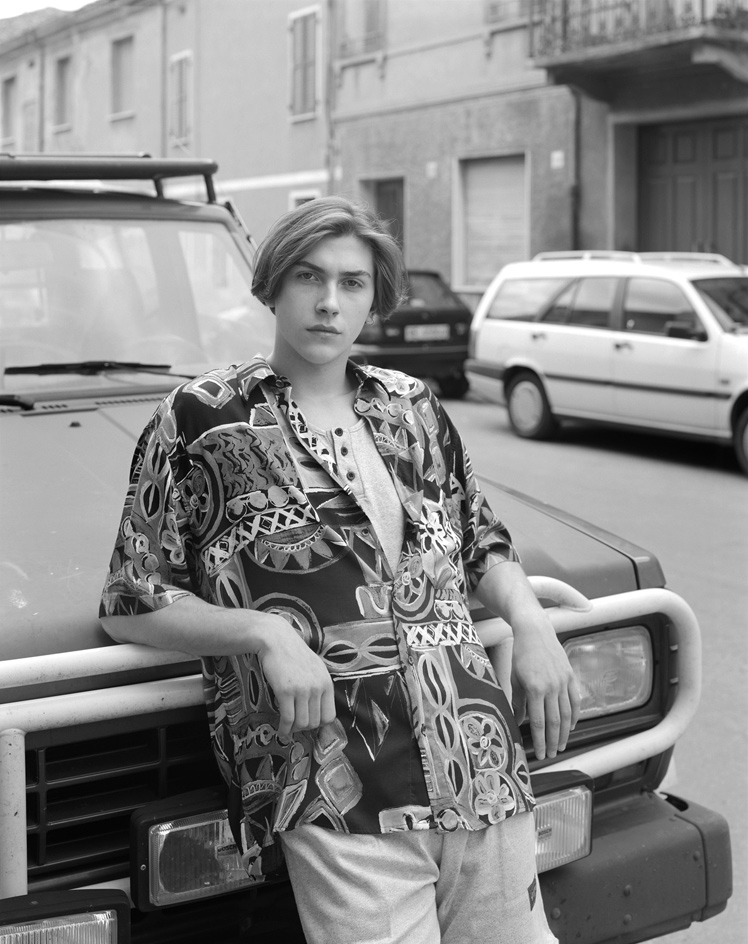
Although little has changed in the town, Shore’s images of Luzzara feel distinctly nineties – see the boldly printed shirts that seem to shriek colour even in black and white

Shore honed in on architectural details prevalent in the town, such as decorative wrought iron

Bicycles are an omnipresent feature of Luzzara
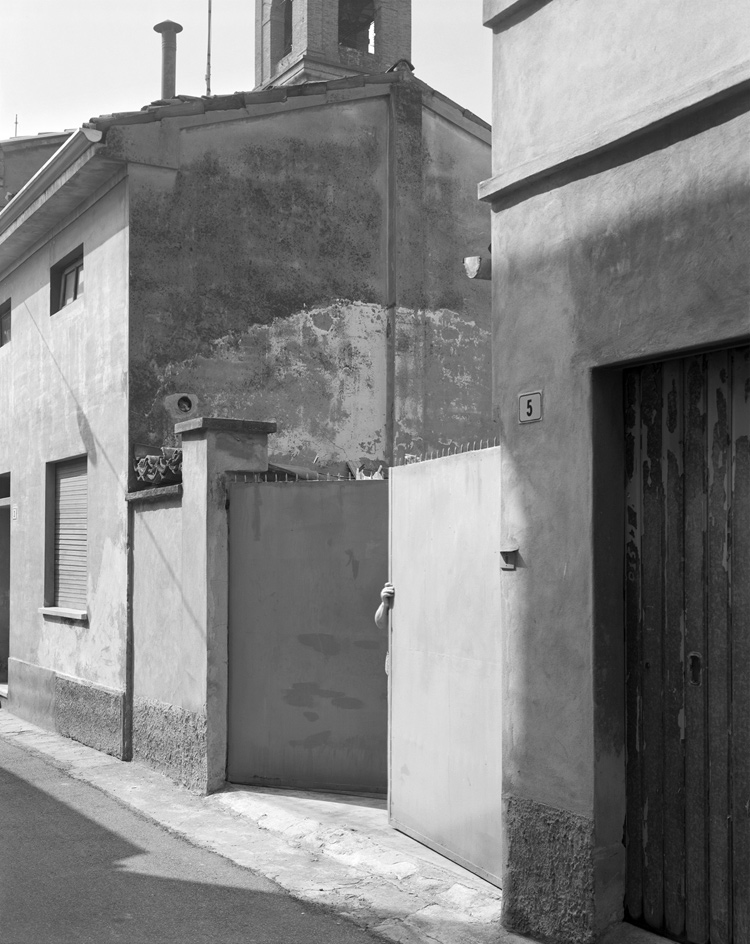
Light and shadow come to the fore in Shore’s photographs

Says Shore: ‘In a certain way, Strand’s work does not need simple updating, because the kinds of people and farms and landscapes he photographed still exist in very much the same form today’
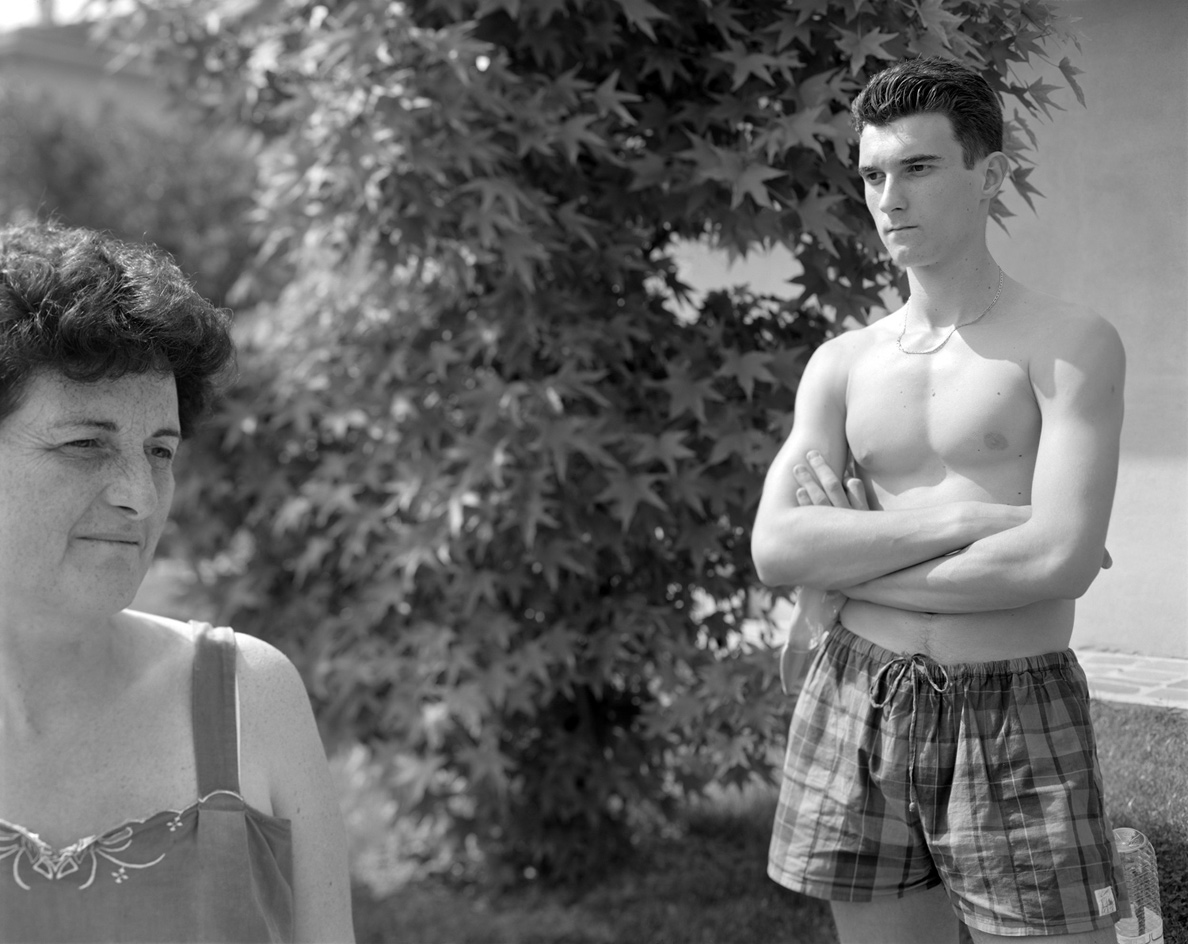
‘My aim, then, was to produce a companion volume to Un Paese,’ says Shore, ’to produce a group of pictures, which to the limit of the subjectivity of my vision, supplement Strand’s work’
INFORMATION
Published by Stanley/Barker, £35, edition of 1000. For more information, visit the Stanley/Barker website
Receive our daily digest of inspiration, escapism and design stories from around the world direct to your inbox.
-
 Out of office: The Wallpaper* editors’ picks of the week
Out of office: The Wallpaper* editors’ picks of the weekFrom sumo wrestling to Singaporean fare, medieval manuscripts to magnetic exhibitions, the Wallpaper* team have traversed the length and breadth of culture in the British capital this week
-
 Doshi Retreat at the Vitra Campus is both a ‘first’ and a ‘last’ for the great Balkrishna Doshi
Doshi Retreat at the Vitra Campus is both a ‘first’ and a ‘last’ for the great Balkrishna DoshiDoshi Retreat opens at the Vitra campus, honouring the Indian modernist’s enduring legacy and joining the Swiss design company’s existing, fascinating collection of pavilions, displays and gardens
-
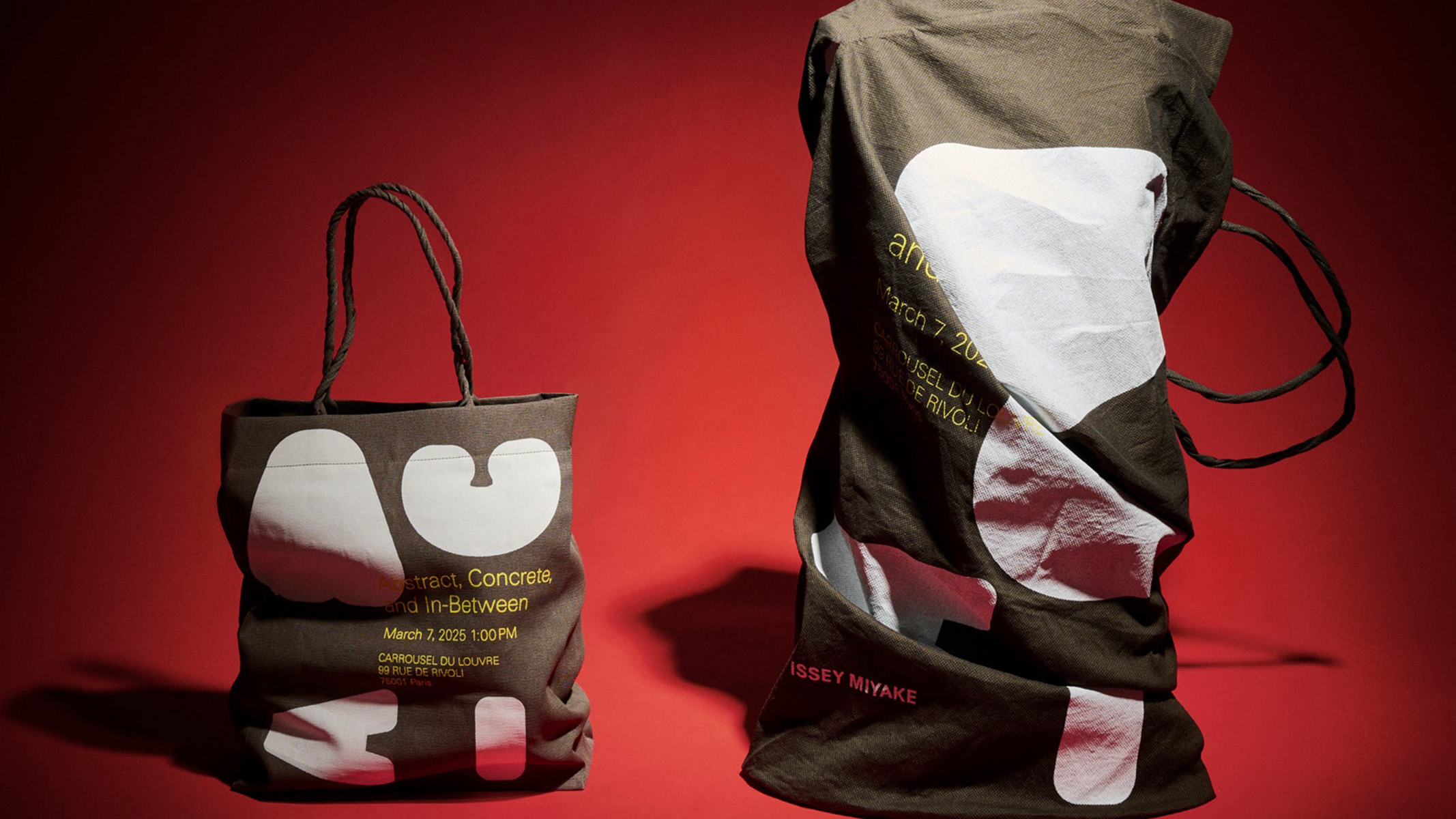 Issey Miyake’s shape-shifting A/W 2025 collection transforms the paper bag into something you can wear
Issey Miyake’s shape-shifting A/W 2025 collection transforms the paper bag into something you can wear‘Can anything be considered a garment, as long as it’s on the body?’ says creative director Satoshi Kondo of the art-infused collection, which sees the everyday reimagined
-
 Jamel Shabazz’s photographs are a love letter to Prospect Park
Jamel Shabazz’s photographs are a love letter to Prospect ParkIn a new book, ‘Prospect Park: Photographs of a Brooklyn Oasis, 1980 to 2025’, Jamel Shabazz discovers a warmer side of human nature
-
 A life’s work: Hans Ulrich Obrist on art, meaning and being driven
A life’s work: Hans Ulrich Obrist on art, meaning and being drivenAs the curator, critic and artistic director of Serpentine Galleries publishes his memoir, ‘Life in Progress’, he tells us what gets him out of bed in the morning
-
 Ed Ruscha and Ruthie Rogers team up on zingy new cookbook
Ed Ruscha and Ruthie Rogers team up on zingy new cookbookEd Ruscha and friend Ruthie Rogers, chef and River Café co-founder, have teamed up on a cookbook with a difference
-
 Thomas Prior’s photography captures the uncanny fragility of American life
Thomas Prior’s photography captures the uncanny fragility of American lifeA new book unites two decades of the photographer’s piercing, uneasy work
-
 Cult classic ‘Teenagers in Their Bedrooms’ captures the angst of being a teen
Cult classic ‘Teenagers in Their Bedrooms’ captures the angst of being a teenAre 1990s teens so different? Three decades after its original release, this photography book by Adrienne Salinger has been published again, by DAP
-
 Make the Booker Prize shortlist your new reading list
Make the Booker Prize shortlist your new reading listThis year’s Booker Prize shortlist captures the emotional complexity of our times, with stories of fractured families, shifting identities and the search for meaning in unfamiliar places
-
 Creativity and rest reign at this Tuscan residence for Black queer artists
Creativity and rest reign at this Tuscan residence for Black queer artistsMQBMBQ residency founder Jordan Anderson sparks creativity at his annual Tuscan artist residency. Wallpaper* meets him to hear about this year's focus.
-
 How to be butch: Clark Henley’s sharp, satirical and playful manual is back in print
How to be butch: Clark Henley’s sharp, satirical and playful manual is back in printThe 1982 classic, ‘The Butch Manual: The Current Drag and How to Do It’, full of tongue-in-cheek advice, is available once again